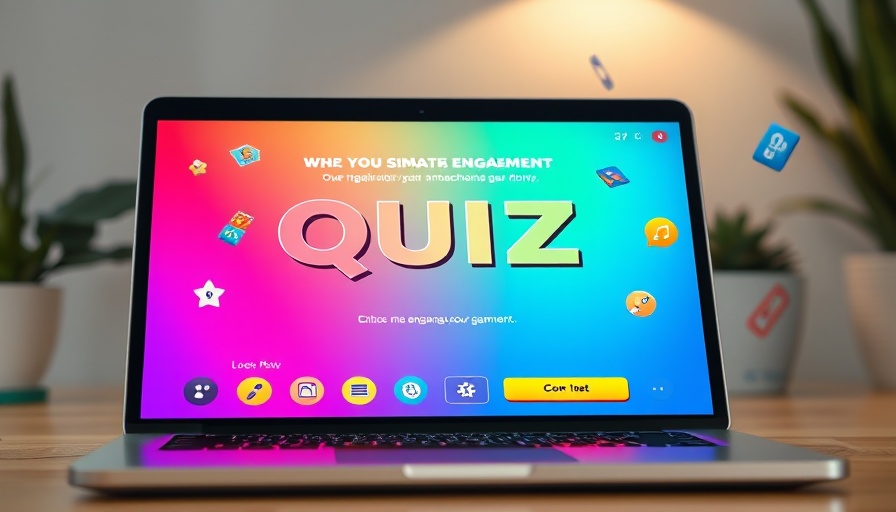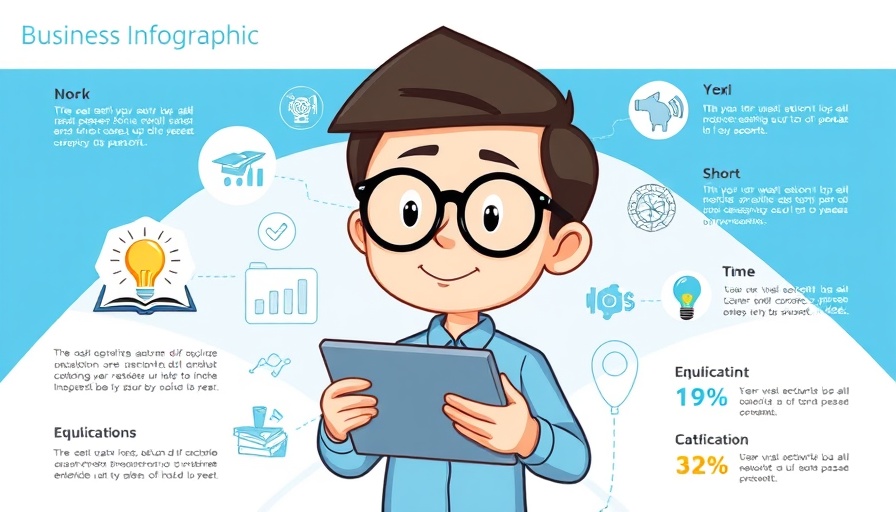
Why Google Forms Needs More Excitement: The Case for Gamification
Google Forms has firmly established itself as a vital tool in classroom technology, widely embraced for its versatile applications. Educators, parents, and students frequently utilize this free and user-friendly platform for a variety of tasks—from conducting surveys to managing detailed assignments. Its capability to seamlessly integrate with Google Sheets for data analysis enhances its functionality. Nevertheless, when it comes to creating quizzes, Google Forms appears to miss the mark significantly.
The Quizzing Shortcomings of Google Forms
Despite its robust features, the reality is that Google Forms was not initially tailored to function as a quiz platform. While it serves as an excellent data collection utility, its gamification features are practically nonexistent, resulting in a bland experience for both educators crafting quizzes and students engaged in them. Students often find themselves answering questions in a monotonous sequence that feels more like a burden than an enjoyable learning experience. This rigidity translates into a lack of engagement, diminishing the effective assessment of knowledge.
The Importance of Gamification in Education
Gamification, a method of integrating game elements into non-game contexts, holds immense potential historically in enhancing user engagement across various platforms. For educational tools like Google Forms, incorporating elements of gamification means sparking excitement amongst students while completing assignments. From point systems, progress bars, to interactive multimedia elements, gamification can turn a conventional quiz into a stimulating challenge. Evidence suggests that incorporating such features not only bolsters engagement but also improves knowledge retention.
Current Trends in Educational Technology
The landscape of educational technology is rapidly evolving, with new platforms gaining favor that offer enhanced engagement through gamification. Tools like Kahoot! and Quizlet already exemplify this trend, offering interactive quizzes combined with vibrant visuals, competitive leaderboards, and instant feedback mechanisms. As we move towards a future where education marries technology, it is vital for platforms like Google Forms to innovate so they do not fall behind. For parents tracking educational engagement, this shift is crucial; gamified learning can significantly enhance their children’s enthusiasm for learning.
Future Opportunities for Google Forms
If Google Forms can embrace gamification principles, it stands to improve student engagement dramatically. Consider the potential of including badges for quiz completions, immediate visual feedback for answers, and team-based challenges that infuse a spirit of competition into learning. Such strategic integrations would not only make quizzes more enjoyable but would also shift their nature from being mere assessments to interactive learning experiences. Parents seeking dynamic educational tools will likely appreciate these developments.
Insights for Parents
As digital tools like Google Forms become ubiquitous in educational environments, parents have a role in advocating for improvements in technology to enhance their children’s learning experiences. Engaging in conversations with schools about the importance of gamification and pushing for more interactive educational tools can foster a more enriched learning landscape for all students. Parents should be aware that while tool functionality is important, the engagement factor should not be overlooked as students navigate their studies.
Conclusion: Call to Action
In conclusion, while Google Forms is an effective tool for data collection and organization, its potential as a quizzing platform is severely limited without the integration of gamification techniques. As parents, it’s vital to call for innovation in educational tools that prioritize engagement and excitement in learning. Ask your children’s schools how they are using technology, and encourage them to incorporate innovative platforms that offer interactive and gamified learning experiences. The future of education lies in our ability to adapt and enhance traditional methods with the vibrancy that technology has to offer.
 Add Row
Add Row  Add
Add 




Write A Comment